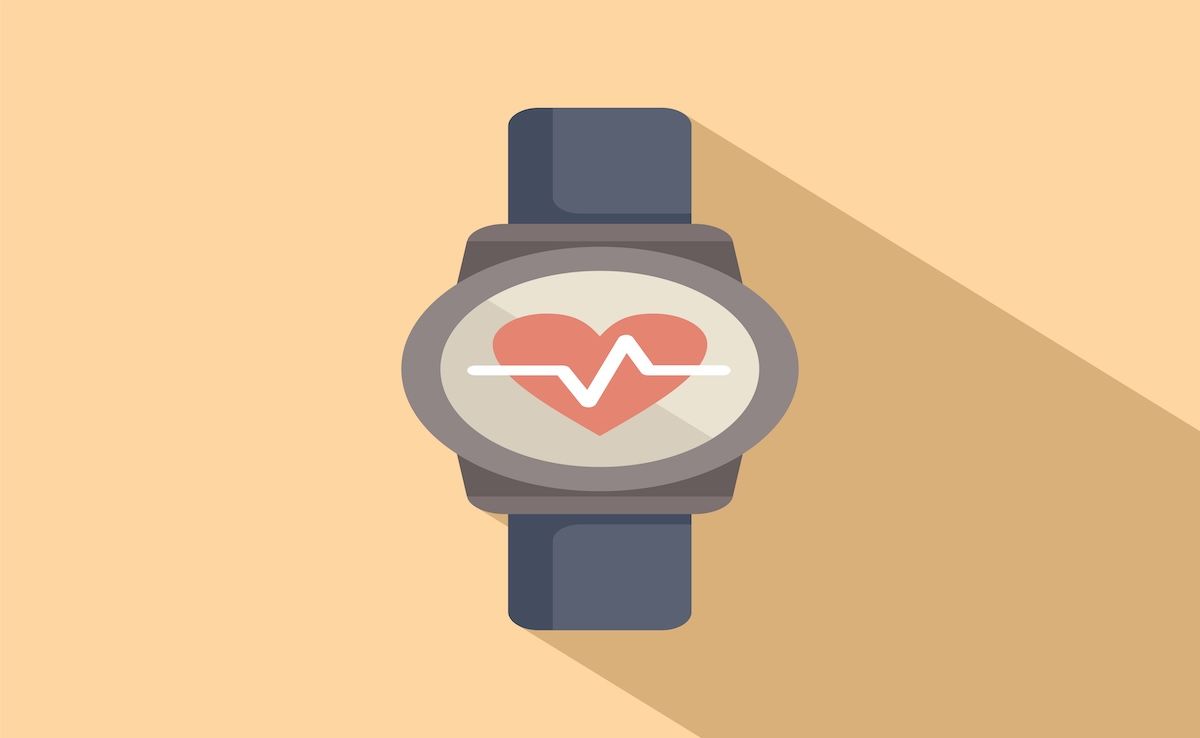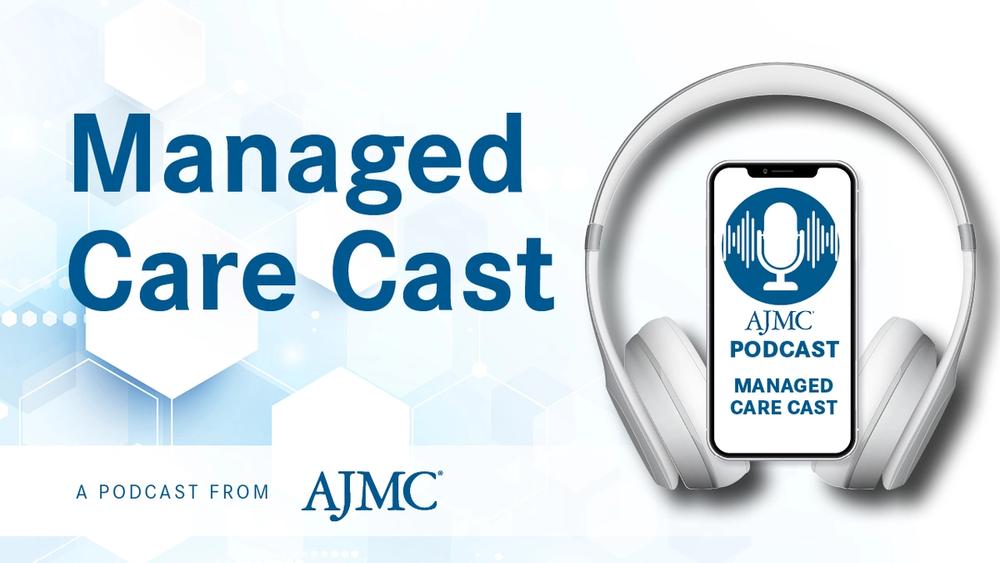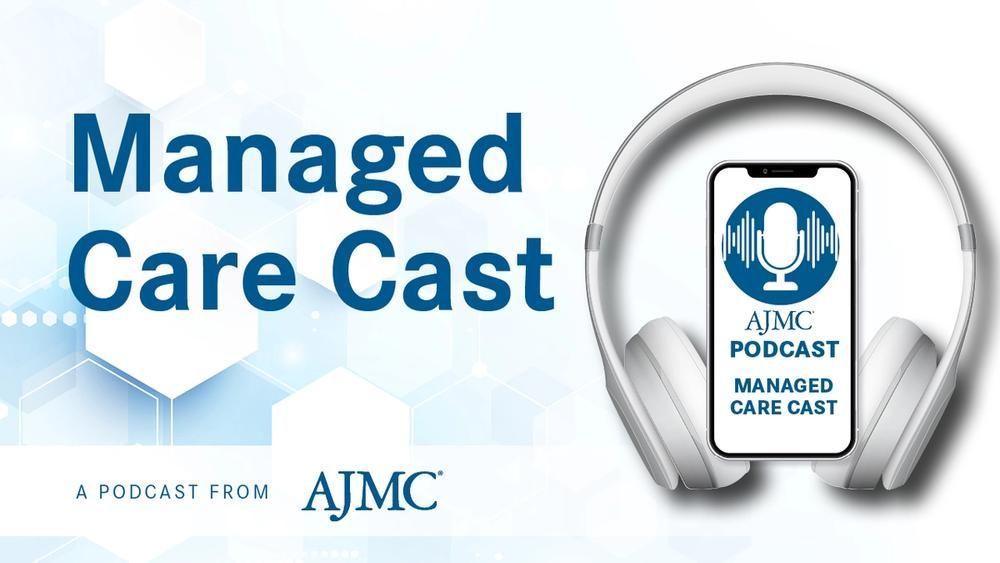Commentary
Article
HeartSense's Mission to Reveal, Combat Hidden CV Burdens in Underserved Communities
Author(s):
Antoine Keller, MD, founded HeartSense with the purpose of uncovering and addressing the cardiovascular needs of rural, often underserved communities.
HeartSense is a Louisiana-based nonprofit community organization whose mission is to better understand the disparities, heart health needs, and prevalence of heart disease affecting underserved, rural populations.
Antoine Keller, MD, FACC, FACS, cardiothoracic surgeon, Ochsner Lafayette General Hospital, and founder of HeartSense, sat down with The American Journal of Managed Care® to speak to this mission, the impact of community engagement, and how evolving technologies have shaped the practice. In this interview, Keller elaborates on the motivations behind the organization’s foundation, pertinent care gaps of concern, and the role of digital auscultation in achieving their goals.
This transcript has been lightly edited for clarity.
Transcript
Can you share how HeartSense was founded and what inspired you to focus on improving cardiovascular care for underserved rural communities?
I'm a cardiac surgeon by training, and one of the things that I do almost every day is take care of people with heart valve disease. One of the things that we noticed very early on was that the literature would indicate that people living in African American communities and Hispanic communities have a perceived lower prevalence of structural heart disease than do people who don't live in those kinds of communities. And we thought this was very curious, because African Americans in particular have higher rates of heart failure, higher rates of myocardial infarction, higher rates of hypertension, untreated diabetes and obesity and all of these things, all different kinds of cardiovascular disease. So why would valvular heart disease be any different?
And so, we thought that this was very curious, and we thought the prevalence statistics were dubious at best and were not really considered in a way that would be unbiased. So we did a little research, and we found out that most of the studies on prevalence of valvular heart disease in African American communities specifically are derived from incidence data, which means that these are people who we already know have heart disease or valvular heart disease, and they go to the hospital and they have an echocardiogram, and we figure out how many of them, proportionally speaking, have these problems, and then we use Census data to kind of retrospectively extrapolate what the prevalence might be in the community. And the studies that we have had in the literature up until quite recently were based upon studies of populations where most people had insurance, private insurance, and not necessarily Medicare or Medicaid, but these were all Medicare-aged patients, and so we thought that that was incredibly biased, as some significant selection bias associated with using incidence data to try to predict prevalence. So we wanted to go into the communities that we thought were at high risk for having these dubious prevalence data, and we wanted to see what the actual prevalence of valvular heart disease in these communities were.
The first thing we thought about doing was we thought about taking a point-of-care echocardiogram probe into the community, or using some sort of echocardiogram service to go and screen large volumes of patients to figure out what the true prevalence was. And this turned out to be very impractical, because you had to hire a tech who had experience, you had to have a physician there to be able to read this study; sometimes you had to rent a van to carry the equipment. The point-of-care ultrasound technology that we had was really not sophisticated enough to be able to make accurate measurements and diagnosis of valvular heart disease. We could get a kind of a general sense of whether someone had valvular heart disease or not, but it really wasn't sophisticated enough to be able to tell you exactly the degree or the severity of the valvular heart disease, and it turned out to be impractical to screen a lot of people.
So, one of the things that was really interesting to us was digital auscultation. And the thing that was the most interesting for us is that we found a significant proportion of people in these communities had valvular heart disease, but had never seen a doctor and didn't know that they had valvular heart disease. And even still, about 20% or 25% of the people who were over age 60 were found to have some pathologic heart valve disease, and more than half of these people were not part of a health care system or did not see a physician, even a general physician, on a regular basis. So to me, this was an indication that there are so many people that live in these underserved communities that we really don't know have disease that actually do have pretty significant heart valve disease. And of course, we've gone on to discover that there's so much undiagnosed structural heart disease and atrial fibrillation and cardiomyopathy in these communities that we don't know about just because people don't go to the doctor for various reasons, and we can get into those reasons.
I'm sure the social determinants are at the front of everyone's mind right now, at least, it seems as if they are in this day and age, and they're things that we just can't ignore. But nonetheless, I think it's important to keep pointing out places in which our understanding of prevalence of disease is lacking, and to try to figure out solutions, to figure out how we can better understand these populations of patients. Because one of the things that we like to bring to people's mind when we talk about our program is that the proportion of African American and Hispanic and poverty-stricken people in this country, they're all rising. And all of these populations of people will have more cardiovascular disease in the future and if we're going to get ahead of the tidal wave of age-related cardiovascular disease, we're going to have to figure out solutions that are relatively inexpensive or fiscally responsible, if you will, that can provide actionable diagnoses and that can be done by people who aren't necessarily trained medical professionals, because the number of doctors we have in these communities are very small, and they're projected to be even smaller as the years go by.
2 Commerce Drive
Suite 100
Cranbury, NJ 08512
© 2025 MJH Life Sciences® and AJMC®.
All rights reserved.





